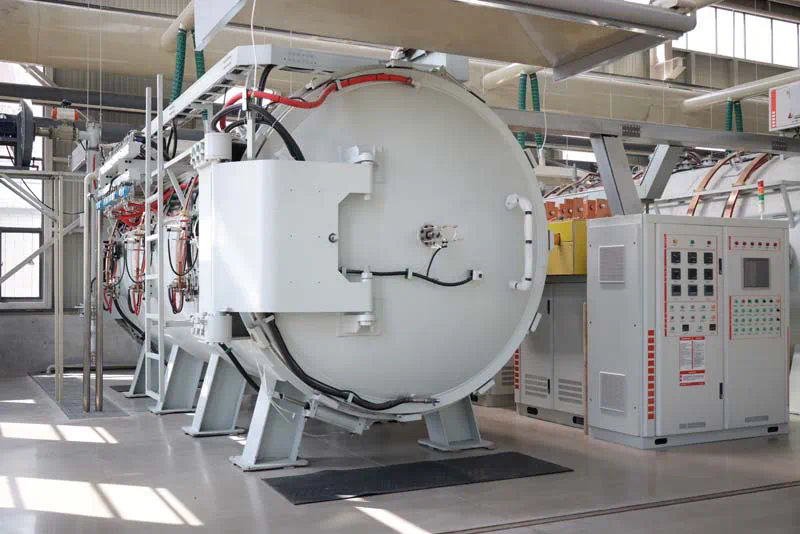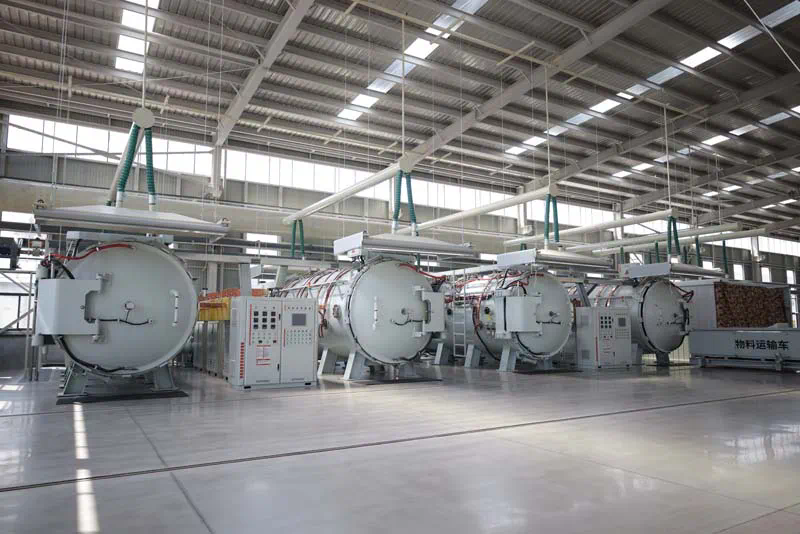Silicon Carbide Application in Friction Materials
Silicon carbide (SiC) has emerged as a crucial material in the realm of friction materials, offering unique properties that Silicon Carbide Support Rod And Support Beam enhance performance across various applications. From automotive brake systems to industrial machinery, the utilization of SiC in friction materials has revolutionized efficiency, durability, and safety standards. This comprehensive exploration delves into the myriad applications, properties, manufacturing techniques, and future prospects of Silicon Carbide in friction materials.
Properties of Silicon Carbide
Silicon carbide is a compound known for its exceptional hardness, high thermal conductivity, and excellent abrasion resistance. These inherent properties make it an ideal candidate for enhancing friction materials where reliability and performance are paramount.
Hardness and Abrasion Resistance
The hardness of SiC, coupled with its resistance to abrasion, ensures prolonged durability under high-stress conditions. This property is particularly beneficial in friction materials subjected to intense frictional forces, such as brake pads and clutch systems.

Thermal Conductivity
SiC’s high thermal conductivity enables What are silicon silicide specialty ceramics efficient heat dissipation, reducing the risk of thermal degradation in friction materials. This feature is critical in applications where temperature management is crucial for maintaining performance and safety standards.
Applications of Silicon Carbide in Friction Materials
Automotive Industry
In the automotive sector, Silicon Carbide plays a pivotal role in enhancing braking systems’ efficiency and safety. Brake pads integrated with SiC particles exhibit superior frictional characteristics, resulting in shorter braking distances and enhanced thermal stability.
Industrial Machinery
Industrial machinery relies on friction materials equipped with SiC to withstand heavy loads and high-speed operations. Components such as clutch discs and brake linings benefit from SiC’s robustness, ensuring reliable performance in demanding industrial environments.
Manufacturing Techniques
The integration of Silicon Carbide into friction materials involves specialized manufacturing techniques tailored to optimize material properties and performance characteristics.
Mixing and Formulation
Manufacturers blend SiC particles with binding agents and other additives to achieve desired frictional properties and structural integrity in friction materials.
Sintering and Consolidation
Sintering processes are employed to compact and strengthen SiC-enhanced friction materials, ensuring uniformity and durability throughout the material structure.
Performance Benefits
The incorporation of Silicon Carbide enhances friction materials’ performance across several key metrics:
Improved Frictional Characteristics
SiC particles contribute to enhanced frictional stability and consistency, resulting in smoother operation and reduced wear over the material’s lifespan.
Extended Service Life
Friction materials reinforced with SiC exhibit superior durability, reducing maintenance intervals and operational downtime in automotive and industrial applications.
Environmental Impact and Sustainability
The use of Silicon Carbide in friction materials aligns with sustainability goals by promoting energy efficiency and reducing material waste through extended product lifecycles.
Future Prospects and Innovations
Ongoing research and development efforts are focused on advancing SiC technology in friction materials to meet evolving performance standards and environmental regulations. Innovations in nanotechnology and composite materials hold promise for further enhancing SiC’s capabilities in friction applications.
In conclusion, Silicon Carbide stands as a cornerstone in the evolution of friction materials, offering unparalleled benefits in terms of performance, durability, and sustainability. As industries continue to prioritize efficiency and safety, the integration of SiC in friction materials will undoubtedly play a pivotal role in shaping future technological advancements. By harnessing its unique properties and exploring new avenues of innovation, the potential for Silicon Carbide to redefine frictional dynamics remains promising in diverse industrial and automotive sectors.
This comprehensive overview underscores the critical role of Silicon Carbide in driving innovation and enhancing the performance standards of friction materials worldwide.

https://iflatiron.com/





